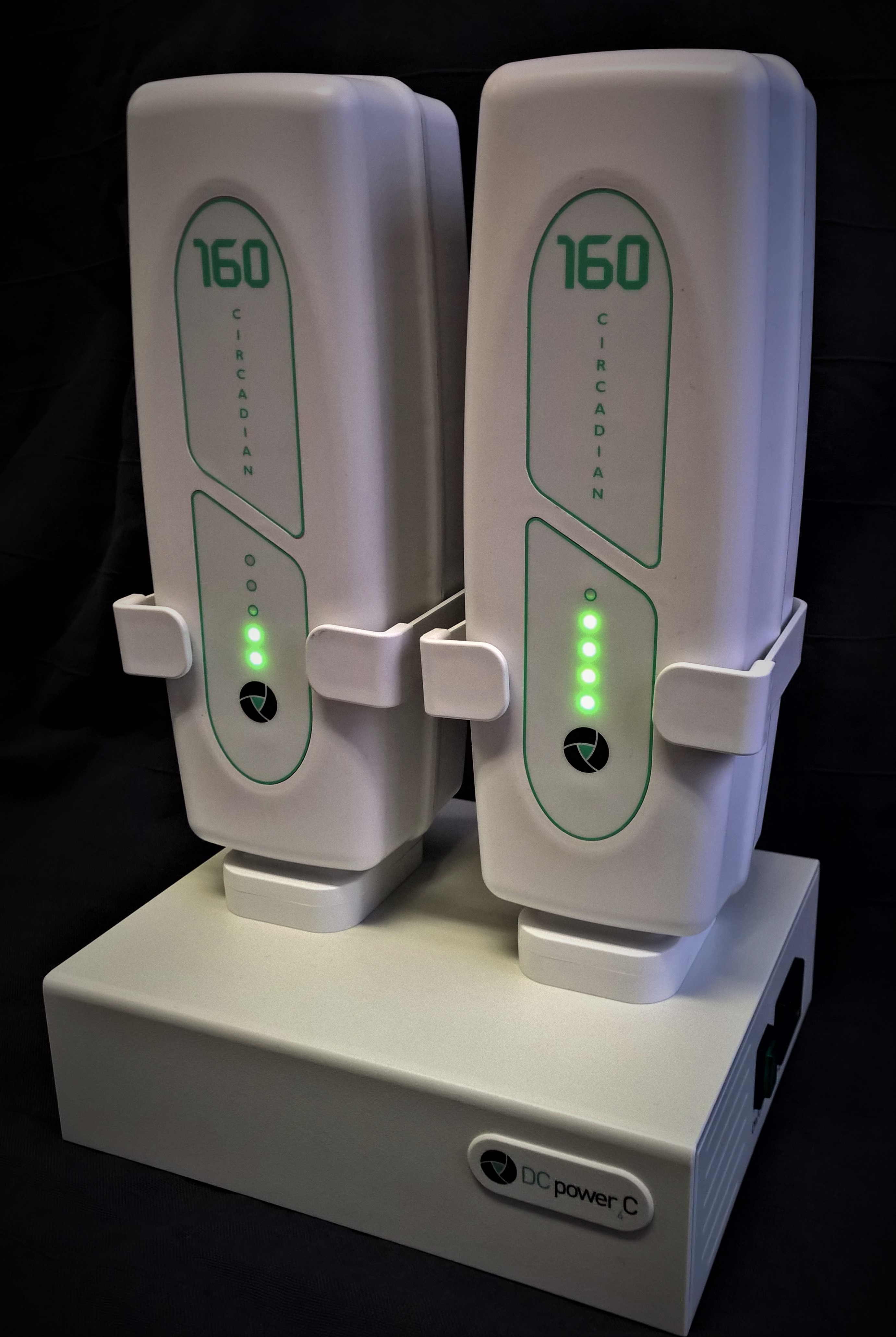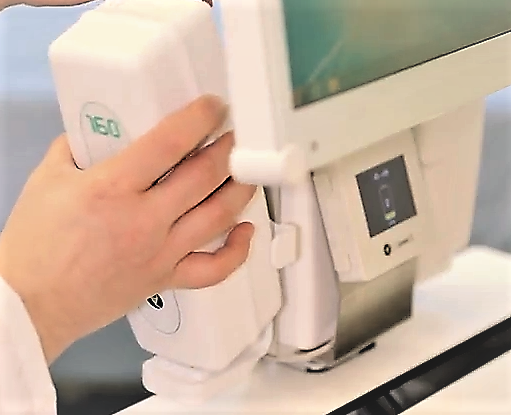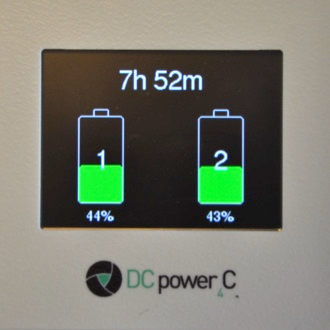Many battery system suppliers ignore their charger technology, assuming charging is simply pumping in power, a bit like watering a plant. They couldn’t be more wrong. Batteries are sensitive, charge needs to be accepted. Yet so many Hospitals are supplied with batteries and chargers from completely different manufacturers and geographies, as if safety, compatibility, liability and long-term performance are non-issues!
This is a delicate subject since even simple Li-Ion chargers can indeed claim to charge properly. They use a standard 2 phase charge known as CC/CV, basically a constant current until a Voltage max is hit, phase 2 is then a constant voltage whilst the current input tails off. Over-charging is a risk, so all batteries must have some inbuilt protection circuitry. The safety question is: what unit controls the over voltage definition; The charger or the battery? If it is the charger, then the question of tolerance becomes important. How accurately does it measure? We have seen massive divergences on this, and the explanation is simple, if the charger is made to be cheap, then it is unlikely to have the expensively calibrated components and it is more unlikely that anyone tests for it! If the battery is in charge, then it needs to be an intelligent battery that communicates, these again, are unlikely to be the cheapest.
The Circadian® & ProDurance batteries take this whole topic to the extreme. The battery processor monitors over 200 parameters. It governs and calibrates the charge from beginning to end using a whole set of sensors and algorithms. It knows and has profiled the exact cell type, model and manufacturer being charged. The 5-phase charge is designed to prolong battery life. Phase one is a gentle increase in charge current. Much like in a car you do not drive off at full speed, you accelerate gradually. Then the standard Constant current is activated, but slows down in phase 3, so the battery doesn't slam on brakes at full speed. Then there is shift to the standard fixed voltage charge, running a bit below the max – again depending on cell type this extends pack life by a considerable factor. During charge the battery then initializes the balancing algorithm, equalizing cell capacity. This feature starts to kick in with impact later in battery life and massively extends Cell Pack performance. In rest, the battery processor calibrates its internal parameters to ensure total accuracy. The final parameter to mention is temperature. An ongoing active temperature monitoring of the cell pack can slow down the current input rate (heat) and thus protect and optimize cell pack life.
Battery people will tell you that happiness is all about how the battery is charged, and our experience confirms that a poor charger, especially 3rd party designs, can and routinely do devastate a battery operation.
An added benefit of this approach is that the DCPower4C charger infrastructure is then future compatible. If cell types or chemistries are changed - technical progress in Li-Ion R&D is moving very fast - a charger system taking commands on Voltage/Current and temperature levels from the battery will still be viable - whereas standard chargers dictate one routine for a specific battery type will be obsolete. This is an additional, and significant cost and environmental benefit of the DCPower4C battery system.
A hot topic in charging is charge speed. Of course, all users want fast charging and tenders reward this with extra points. However, many recent studies underline the fact that fast charging damages Li-ion batteries. This is permanent mechanical damage leading to the so-called POPCORNING effect on the cathode, reducing the battery capacity.
In a hospital environment with frequent plugging in, if reliability and longer life are high values, systematic fast charging should therefore be avoided, by planning sufficient capacity to last the shift.




